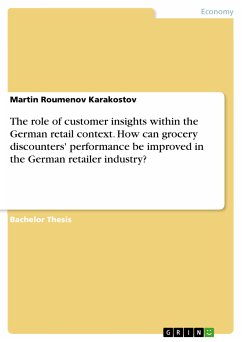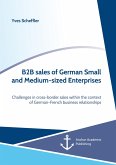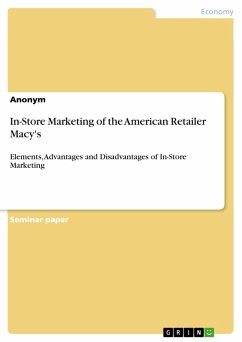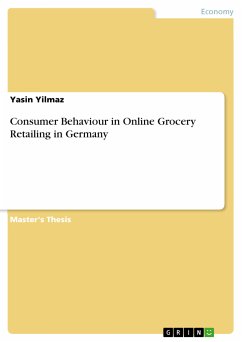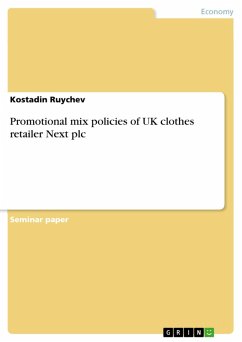Bachelor Thesis from the year 2015 in the subject Business economics - Offline Marketing and Online Marketing, grade: 1.8, University of Bremen, course: 4th, language: English, abstract: The grocery retail sector is in overall terms a highly competitive sector throughout the world and the complexity of numerous agents driving shoppers toward an election or another has been extensively researched. As a result of such fierce competition, discounters arose to provide value conscious shoppers with good quality products at a lower price. However, private label penetration depends on an array of factors depending largely on the country, the retailer and the product category. This study provides the reader with a detailed literature review on how do customers insights affect purchasing patterns and furthermore examines the tools available to carry out suitable strategies within the German context from a discounter's viewpoint focusing especially on private labels since it is considered the foremost differentiation strength although a review on the four P's of Marketing-Mix besides determinants as product categorisation, breadth and depth of assortment, brand name and store atmosphere are analysed thoroughly. Subsequently to the revision of the specific literature, a PESTEL analysis, a price positioning-matrix and a SWOT analysis have been carried out for the purpose of better comprehending the German retail context. Lastly, an empirical research has been conducted to confirm the findings through abductive reasoning since the sample survey is limited to one hundred and twenty respondents. The research concludes that the main drivers to attract shoppers to the store were distance, price, quality and breadth of assortment. Moreover, in-store other variables may entice the shopper to increase its per capita expenditure as a lower music tempo, or less crowded atmosphere as the shopper notices more promotions although given the extensive amount of variables playing a role the abstract section provides only a partial understanding of how branding and store image should be managed.
Dieser Download kann aus rechtlichen Gründen nur mit Rechnungsadresse in A, B, BG, CY, CZ, D, DK, EW, E, FIN, F, GR, HR, H, IRL, I, LT, L, LR, M, NL, PL, P, R, S, SLO, SK ausgeliefert werden.

